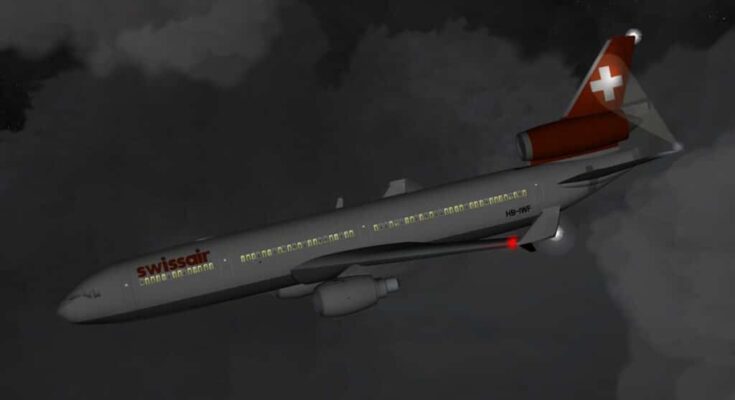
The mystery of the lost diamonds together with millions in cash and a Picasso painting continues 26 years after the deadly crash of Swissair Flight 111.
229 passengers and crew lost their lives as the plane en route from New York’s JFK airport to Geneva, Switzerland crashed off Nova Scotia, Canada.
It was a human tragedy. When the plane hit the water off Peggys Cove on Sept. 2, 1998, all 229 on board died instantly and the fuselage shattered into several million pieces.
A ship equipped with a giant vacuum was brought in to suck up debris from the sea floor. The Transportation Safety Board’s investigation report said more than 18,000 kilograms of cargo were recovered, but did not go into further detail.
Along with the passengers the Swissair plane carried nearly 110 pounds of cash and 4 1/2 pounds of diamonds and precious jewelry, and a Picasso painting worth millions that sank to the bottom of the sea.
The initial attempt to locate the plane’s precious cargo was quickly abandoned and treasure hunters who one can safely assume have their eye on it are conducting their searches illegally and in secret.
According to Stephen Kimber, author of the book “Flight 111: A Year in the Life of a Tragedy,” the flight’s cargo included a diamond from the American Museum of Natural History’s Nature of Diamonds exhibit in New York, other diamonds precious jewelry, banknotes and a version of Picasso’s painting Le Peintre.
Swissair Flight 111 was popular not only among UN officials and businessmen but also among diamond merchants, who used it to transport their goods between Switzerland and the United States.

Did treasure hunters steal the diamonds after the Swissair crash?
The fate of this treasure remains unknown to this day. “Somewhere at the bottom of the ocean, theoretically, are these diamonds,” Kimber said recently.
The insurance company Lloyd’s is said to have paid $300 million in damages for the diamonds and other jewelry and applied for permission to search the site of the tragedy after authorities’ investigation was completed. But the plan to recover the treasure angered the families of the victims, and the insurance company eventually withdrew its application.
After the accident, the Canadian authorities set up a two-square-kilometer exclusion zone around the site for about a year. But after that time, the area was no longer guarded.
Some believe that treasure hunters have been searching the site “off the radar” all these years, probably taking advantage of permits that allow them to search other shipwrecks in the area. There are an estimated 10,000 wrecks off the wild coast of Nova Scotia, and those in the know say the area is something of a “Wild West” for treasure hunters.
However, no one can even know if the precious cargo of Swissair Flight 111 survived the fierce collision. After all, the plane hit the water at a speed of 500 kilometers per hour, which means that it was like hitting cement.
During the flight recovery operation, only a small piece of Picasso’s painting was found, which had just been sold and was traveling to its new owner.



